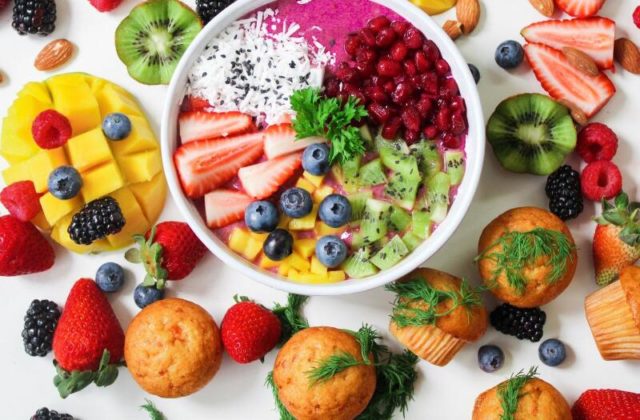When restaurants were shut down, many people started cooking at home more often as a practical necessity, if for no other reason.
The lockdown the government first imposed more than a 18 months ago to try to contain the spread of Covid-19, has had the unintended consequence of a plumper population, a survey released earlier this year showed.
In the survey of almost 2 000 South African adults commissioned by pharmaceutical company Pharma Dynamics, 45% of respondents said the lockdown regulations had impacted their eating and exercise habits for the worse, with 44% gaining between 2kg to 5kg, 15% putting on 6kg to 10kg, and 4% an extra 10kg or more.
About 34% of respondents said their diet consisted mainly of takeaway and ready-made meals, while a further 30% said they ate what they could afford, because their income had dropped.
Have these changes been for better or worse? Turns out, it’s a bit of both. Below we look at how the global pandemic changed the way we eat.
Cooking at home
When restaurants were shut down, many people started cooking at home more often as a practical necessity, if for no other reason.
During this time, many people started eating healthier than they usually do. It’s no secret that cooking at home is generally healthier, though. People who frequently cook meals at home eat healthier and consume fewer calories than those who cook less often at home.
What was even more interesting is that everyone was sharing their creations on social media. Everyone’s inner foodie came out.
Snack attacks
As the stresses of lockdown rose, many people turned to the snack cupboard, which resulted in consuming unneeded calories. Snacking is not new, though. However, snacking has surely increased in multiple ways because of the lockdown.
As we work from home, it is almost inevitable that our hand reaches out for a snack or two during the day.
Or while we Netflix and chill, it is almost comfy to have a snack around us. It is almost like when you are stressed or doing nothing, or want to take a break from doing something that requires concentration, you grab a snack.
Trends and innovation
Due to the coronavirus outbreak, people began to think about how they consume food. According to chef and restaurateur Nick Liberato, baking things such as banana bread and focaccia have not only been interactive food activities with the family, but also ways to burn some time and make use of things going bad.
Live cooking demonstrations have also been on the rise. Liberato notes that with this there has been a big boom in home cooks sharing their secrets and creating platforms of their own.
Innovation also played its part. Fine-dining chefs whom you would expect to find plating a five-course feast diversified and innovated, bringing a new wave of more casual offerings to the contemporary dining scene.
It is no secret that innovation in food and beverage is now more important than ever. Businesses, including restaurants, have suffered across the world.
In spite of this, chefs have marched forward, armed with culinary excitement, to win back customers. We’re seeing a growing trend towards diversification, what we might call fine-casual; less formal offerings that are more about everyday dining than special celebrations, but with the level of quality, ingredients and attention to detail you would expect from fine dining.
Health has been the main priority.
The price of ginger and garlic left a bad taste in consumers’ mouths after demand caused prices to rocket, with experts comparing the trend to the beetroot-and-garlic craze of the HIV crisis.
Avocados too were one of the foods that saw a surprising price surge. The demand for home-made immune boosters using fresh ginger, citrus and spices during the Covid-19 pandemic contributed to the rise in prices.
Despite that, avocado toast and guacamole proved to be stay-at-home favourites. Orange juice, once a breakfast staple that had fallen out of favour because of its high sugar content, also got a boost.








